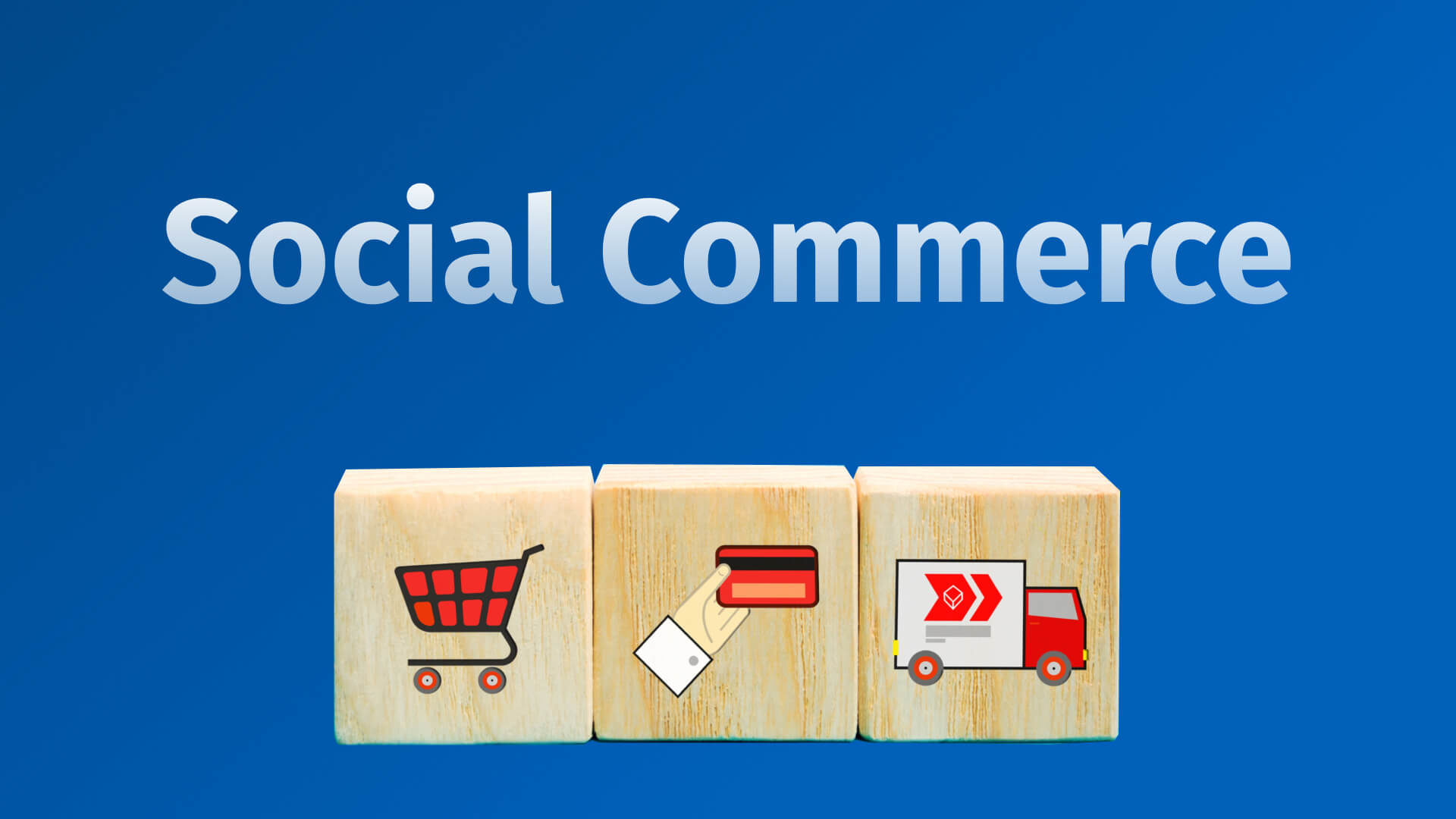The evolution of digital platforms has led to a major shift in how consumers interact with brands. One of the most significant changes is the rise of social commerce in advertising, where shopping and social media experiences merge seamlessly. No longer are users required to leave their favorite apps to complete a purchase — instead, platforms are now enabling a direct, integrated shopping journey.
The Rise of Social Commerce
Social media was initially designed for communication and content sharing. Over time, these platforms evolved to support content marketing, influencer promotions, and eventually, direct sales. Social commerce is the natural progression of this evolution, offering brands the ability to sell products directly within the platforms their audiences use most frequently.
This trend isn’t limited to just one demographic. From Gen Z to millennials and even Gen X users, people are increasingly turning to social platforms to discover products, read reviews, and make purchases. The integration of social commerce is not just a convenience — it’s a response to changing consumer behavior.
How Advertising Has Changed
Traditional digital advertising often required multiple touchpoints to convert a user. A consumer would see an ad, click through to a website, browse, and potentially purchase. With social commerce, the funnel is dramatically shortened. A compelling video or image, combined with the right call-to-action, can drive instant purchases directly from a feed or story.
Social commerce-friendly advertising strategies now include product tagging, shoppable posts, livestream commerce, and influencer collaborations. These elements make the content more interactive, engaging, and action-oriented. Businesses that are quick to adopt these formats tend to see higher conversion rates and better return on investment.
User Experience as the Core Focus
In social commerce, the user experience is central. The integration of advertising into organic content must feel natural and non-intrusive. Instead of interrupting the user’s feed, good social commerce ads feel like a part of it — visually cohesive, valuable, and easy to interact with.
This form of advertising focuses heavily on community engagement. Consumers can share, comment, or even get peer opinions in real-time. As a result, social proof becomes an essential element of the buying decision. Brands that cultivate trust through consistent interactions are the ones that thrive.
Role of Influencers and Micro-Creators
Influencer marketing has become a driving force in the social commerce space. From mega influencers with millions of followers to micro-creators who specialize in niche communities, their recommendations often carry more weight than traditional advertising.
Consumers relate to creators who authentically use and review products. When influencers embed affiliate links or use platform tools for in-app purchases, the shopping process becomes both personal and convenient. The line between content and commerce continues to blur, making every interaction a potential transaction.
Analytics and Performance Tracking
With the rise of social commerce, tracking performance has also become more granular. Brands now have access to detailed analytics on engagement, click-through rates, and conversions — all within the social platform itself. This real-time feedback allows for quicker adjustments and more efficient ad spend allocation.
Additionally, interactive features like polls, direct messages, and reactions provide qualitative insights into what consumers want. Businesses can use this data to refine product offerings, improve messaging, and optimize campaign performance.
How Brands Can Adapt
To successfully integrate social commerce into advertising strategies, businesses must first understand where their audiences spend time and how they engage. Visual content, such as reels, carousels, and short-form videos, performs well in this space. Equally important is maintaining consistency across all touchpoints — from branding and tone to customer service.
Companies like indidigital.com specialize in creating customized digital strategies that align with the unique needs of each business. With social commerce becoming a long-term trend, investing in creative content, influencer partnerships, and user-friendly interfaces will set a solid foundation for future growth.
Conclusion
The integration of social commerce in advertising represents more than a passing trend — it is a transformative shift in how people shop and engage with brands. It blends entertainment, community, and convenience into one cohesive experience. Businesses that embrace this model early and adapt to the changing landscape are poised for long-term success. To get in touch with INDIDIGITAL TEAM, contact at +91-9971778006, email us- contact@indidigital.com. Visit our website Indidigital or advertising companies in delhi you can also contact us on our Facebook handles.



